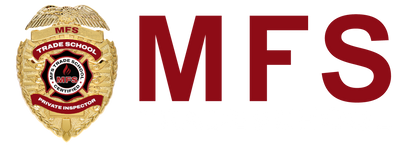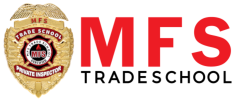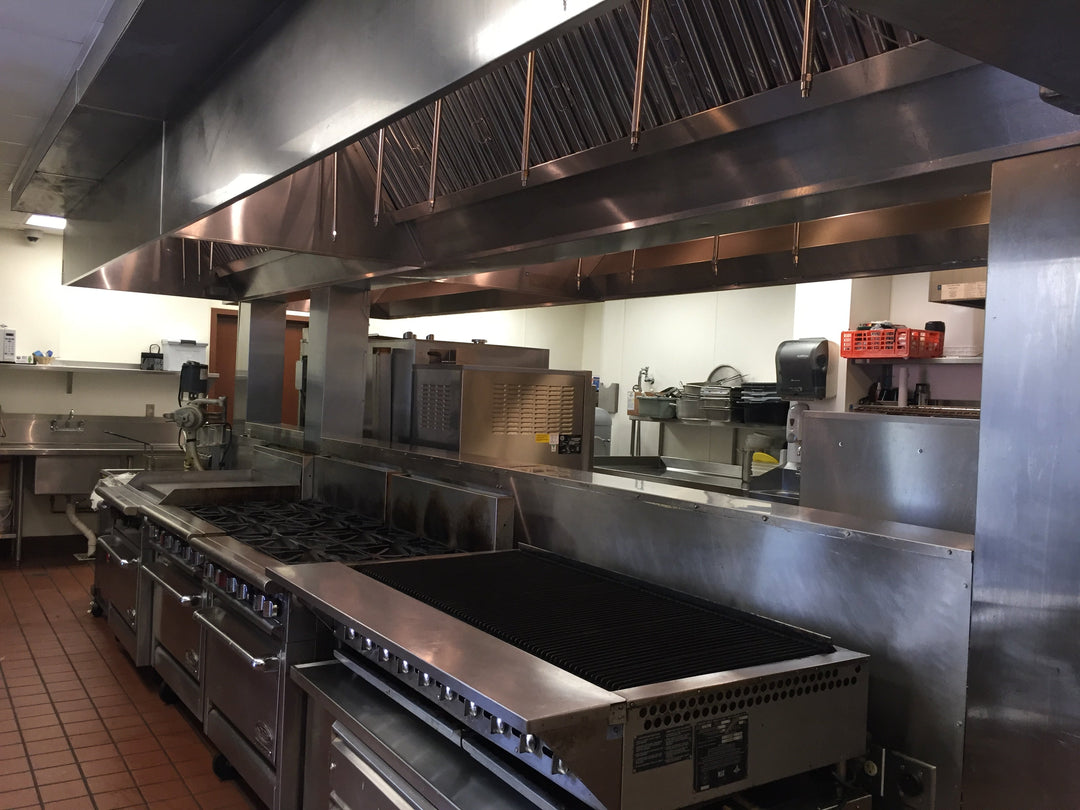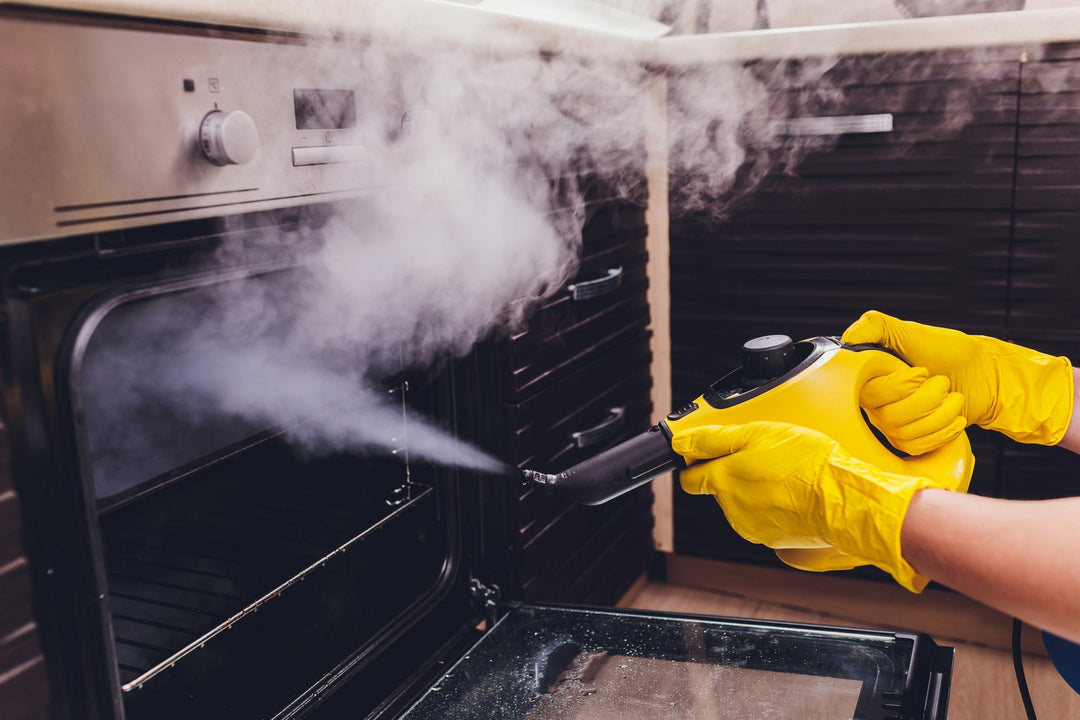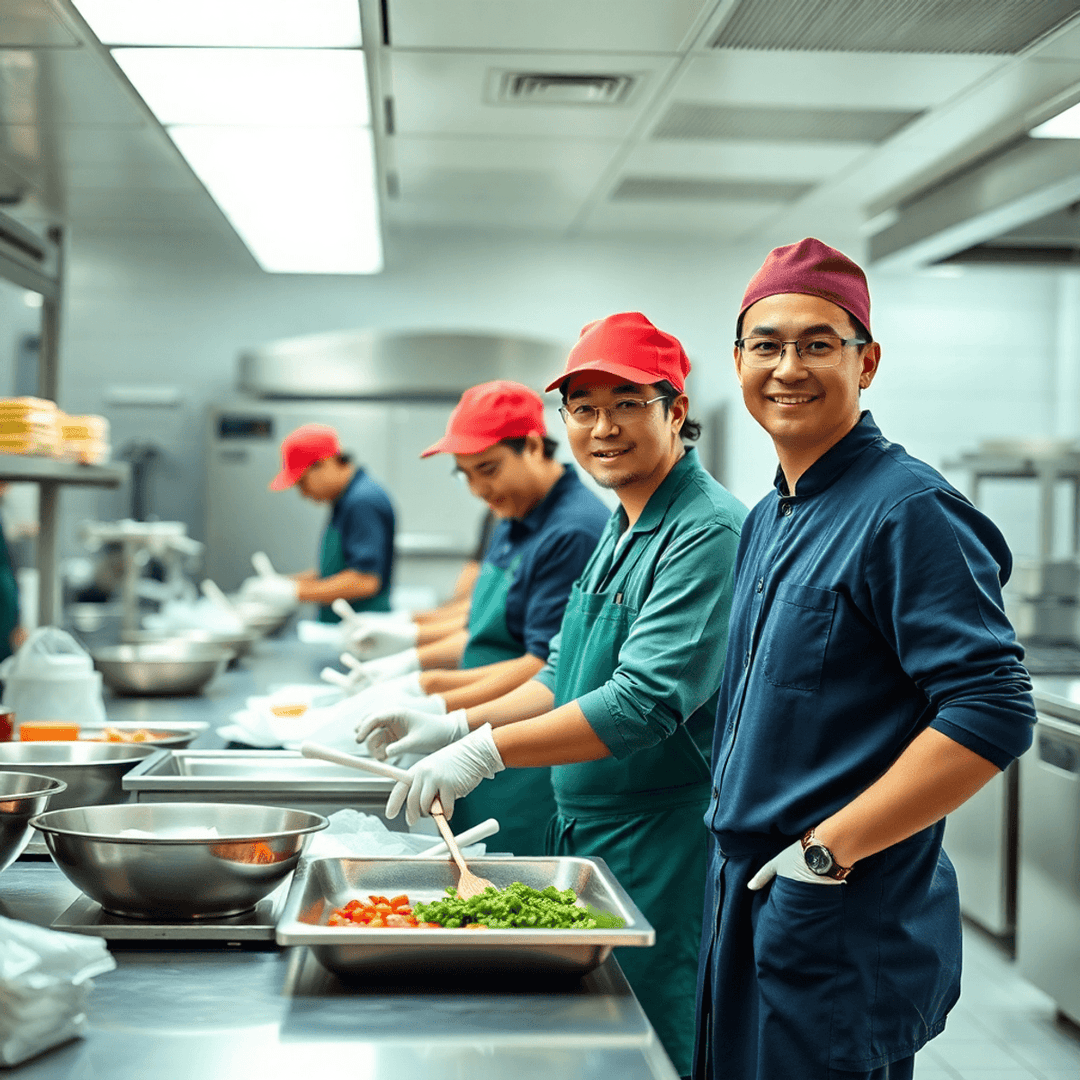Essential Restaurant Cleanliness Tips from Health Inspectors
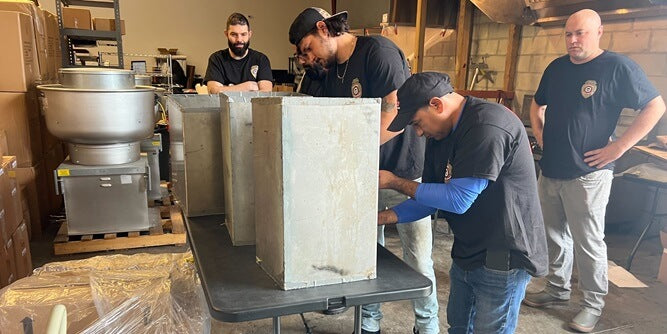
Restaurant cleanliness plays a vital role in ensuring the health and safety of customers. Health inspectors are tasked with evaluating restaurants based on strict cleanliness standards and practices to maintain public health.
Maintaining a clean and hygienic restaurant environment is not only crucial for customer satisfaction but also essential for passing health inspections. By understanding what health inspectors look for, restaurant owners and managers can proactively address potential issues and ensure compliance with regulations.
In this article, we'll delve into the specific aspects of restaurant cleanliness that health inspectors focus on during their evaluations. We'll also provide practical tips and guidelines to help you maintain a spotless establishment and ace your next health inspection.
What is Restaurant Cleanliness from a Health Inspector's Perspective?
From a health inspector's perspective, restaurant cleanliness encompasses a wide range of factors that contribute to a safe and hygienic dining environment. Inspectors meticulously assess various aspects of a restaurant's operations, including food storage, preparation, handling, and serving practices, to ensure compliance with strict health codes and regulations.
One of the primary areas of focus for health inspectors is the prevention of foodborne illnesses. They closely examine the restaurant's food safety practices, such as proper temperature control, cross-contamination prevention, and personal hygiene of staff members. Inspectors also evaluate the overall cleanliness and sanitation of the restaurant, including the condition of kitchen equipment, surfaces, and dining areas.
Health inspectors pay close attention to the restaurant's adherence to established guidelines and best practices in the food service industry. This includes verifying that the restaurant follows proper handwashing protocols, uses appropriate food storage containers, and maintains accurate records of food temperatures and expiration dates. By assessing these critical aspects, health inspectors aim to identify potential risks and ensure that the restaurant is taking necessary measures to protect public health.

How to Ensure Restaurant Cleanliness
Gaining insight into the criteria health inspectors use can greatly enhance your restaurant’s cleanliness and safety protocols. Key factors that require meticulous attention include optimizing food storage strategies, maintaining precise temperature regulations, and enforcing strict personal hygiene protocols. These components are fundamental to safeguarding public health and ensuring compliance with regulatory standards.
Maintain Proper Food Storage
Effective food storage is crucial in preventing health hazards in a restaurant setting. It is essential to keep raw and ready-to-eat foods separate to avoid cross-contamination, which poses serious health risks. Foods should be clearly labeled with expiration dates and stored in appropriate food-grade containers to ensure their safety and freshness. Consistent checks of cold storage units are imperative—confirm that all items are properly covered and kept at safe temperatures to avoid spoilage and contamination.
Control Time and Temperature
Maintaining strict control over food temperatures is vital to prevent bacterial growth. Ensure hot foods reach temperatures above 135°F and maintain cold foods below 41°F to stay out of the danger zone. Keeping detailed records of temperature readings and designating responsible staff members ensures reliability and accountability. Employing calibrated thermometers enhances accuracy; this practice not only aligns with health regulations but also improves food quality.
Prevent Cross-Contamination
Avoiding cross-contamination is essential for upholding a hygienic dining environment. Staff should be well-versed in food safety and allergen awareness, recognizing the risks and adopting measures to prevent them. Implementing color-coded tools, such as utensils and cutting boards, significantly reduces the likelihood of mixing raw and cooked ingredients. Additionally, storing chemicals away from food items is crucial to prevent contamination, ensuring the safety of both employees and patrons.
By focusing on these critical areas, restaurant operators can create a safe and inviting dining environment that meets health inspector expectations.
1. Maintain Proper Food Storage
Effective food storage is a cornerstone of restaurant cleanliness and safety. Proper storage practices not only preserve the quality and flavor of ingredients but also play a critical role in preventing foodborne illnesses. By implementing robust storage protocols, restaurants can significantly reduce the risk of contamination and ensure a safe dining experience for their patrons.
Key Storage Practices
To prevent cross-contamination, it's imperative to keep uncooked proteins and ready-to-serve items in designated zones within your refrigeration units. This careful organization minimizes the risk of harmful bacteria transferring from raw to prepared foods, safeguarding both food quality and customer health.
Implementing precise labeling systems enhances operational efficiency. Labels should include specific dates and detailed descriptions, allowing staff to effortlessly manage stock rotation. This approach ensures that only the freshest ingredients are used, reducing waste and maintaining high standards for food safety and quality. Additionally, storing items in certified containers helps maintain both freshness and safety by preventing exposure to pathogens and environmental contaminants.
Regular Inspections
Conducting frequent evaluations of storage conditions is crucial for sustaining optimal hygiene levels. Regularly verify that all products are securely wrapped or sealed and that refrigeration units consistently maintain the correct temperatures. Inspections should also ensure that storage shelves and surfaces remain clean and organized, eliminating potential breeding grounds for bacteria and pests.
In summary, maintaining proper food storage involves a comprehensive strategy that focuses on organization, labeling, and inspection. By prioritizing these elements, restaurants can foster a safe and efficient environment that supports both operational success and public health.
2. Control Time and Temperature
Effective management of time and temperature is essential in the food service industry to maintain safety standards. Properly regulating the temperature of food items is crucial for preventing the proliferation of harmful bacteria. By keeping hot dishes consistently heated and ensuring cold foods remain chilled, restaurants can prevent conditions that might compromise food safety.
Temperature Monitoring
Implementing a robust system for tracking food temperatures is vital for maintaining safety and meeting health inspection requirements. Designating team members to regularly check and document temperatures can help ensure that standards are consistently met. This practice also provides a reliable record that can be referenced during health inspections, adding an extra layer of accountability.
Investing in precise thermometers is crucial for accurate temperature readings. Regular calibration checks on these devices are necessary to ensure they provide the correct data. This level of precision helps staff make informed decisions about food handling and storage, ultimately protecting customer health.
Time Control Strategies
Controlling the duration that food items remain in unsafe temperature zones is key to preventing bacterial growth. Implementing practices such as rapid cooling methods for hot items before refrigeration and regulated thawing processes for frozen foods can significantly reduce exposure to risky temperatures.
Streamlining kitchen operations is another effective strategy for minimizing time-related safety issues. By enhancing efficiency in food preparation and handling, staff can ensure that items are promptly processed, reducing the chance of temperature lapses. Additionally, maintaining an organized kitchen environment supports swift task transitions, further minimizing potential hazards.
3. Prevent Cross-Contamination
Cross-contamination poses significant risks in a restaurant setting, potentially leading to foodborne illnesses. A robust training program focused on food safety and allergen awareness equips staff with the knowledge to prevent such hazards effectively. Employees must recognize the importance of maintaining separate zones for different food types, ensuring that raw and cooked foods never come into contact. This awareness extends beyond basic hygiene; it includes understanding the pathways through which allergens and pathogens can transfer, necessitating vigilance in every aspect of food preparation.
Practical Measures for Cross-Contamination Prevention
Implementing color-coded utensils and cutting boards is a practical strategy to safeguard against cross-contamination. This system allows staff to easily identify and use the correct tools for specific tasks, such as slicing raw meats or preparing vegetables, thereby minimizing the risk of mixing raw and cooked ingredients. A consistent color-coding system streamlines kitchen operations and fosters a culture of safety, ensuring that every team member adheres to established protocols without confusion.
Storing chemicals in designated areas, far from food preparation and storage zones, is another critical measure. This separation is essential not only to prevent accidental spills or contamination but also to maintain a clean and organized kitchen environment. Chemicals, if not stored properly, can inadvertently come into contact with food, leading to serious health hazards. By implementing clear storage guidelines and regularly auditing these areas, restaurants can significantly mitigate the risks associated with chemical contamination.
Continuous Improvement and Monitoring
Regular audits and evaluations of kitchen practices are vital for identifying potential weaknesses in cross-contamination prevention. Encouraging staff to engage in continuous learning and improvement fosters a proactive approach to food safety. By reviewing procedures and updating training materials, management can ensure that all employees remain informed about the latest industry standards and best practices. This commitment to ongoing education not only enhances safety but also reinforces the restaurant's dedication to excellence in service and customer care.
4. Enforce Personal Hygiene Practices
To ensure a pristine restaurant environment, staff must uphold high standards of personal hygiene. Proper hand hygiene is a critical measure to curb the spread of germs and bacteria. Employees should wash their hands meticulously with antimicrobial soap and water, particularly after handling various food items, using restroom facilities, or touching non-food surfaces. Reinforcing this practice helps minimize contamination risks and promotes a culture of health and safety.
Uniform cleanliness and proper attire contribute significantly to the establishment's overall hygiene. Staff should don freshly cleaned uniforms, aprons, and disposable gloves, which act as barriers against potential contaminants. Regular laundering of uniforms and frequent glove changes, especially after preparing different food types, are crucial. This approach not only maintains food safety but also enhances the restaurant's professional image.
Implementing health policies that prioritize employee wellness is essential for preventing illness-related disruptions. Encourage staff to report any symptoms of illness and provide the necessary support for them to stay home when unwell. This policy helps contain potential health hazards and ensures a healthier working environment. By fostering a supportive atmosphere where employees feel valued and responsible, the restaurant can maintain its commitment to public health and safety, reinforcing its reputation as a conscientious establishment.
5. Implement a Cleaning and Sanitization Protocol
Establishing a robust cleaning and sanitization protocol is crucial for upholding impeccable hygiene standards in a restaurant. This involves consistent and thorough cleaning of all surfaces and equipment, targeting areas that frequently come into contact with food and hands. High-contact points such as countertops, door handles, and kitchen appliances should undergo regular cleaning to prevent the buildup of bacteria and pathogens. By adhering to a structured cleaning schedule, restaurants can significantly minimize health risks, ensuring a safe dining experience for both patrons and staff.
Detailed Sanitization Process
An effective sanitization process requires more than surface-level cleaning; it demands the use of approved sanitizing agents designed to eradicate harmful microorganisms. Proper application of these solutions, in accordance with manufacturer guidelines, is essential for achieving the best results. Staff should be well-trained in the correct usage of sanitizers, focusing on critical factors like contact time and concentration, to ensure comprehensive disinfection. This precision in application guarantees that all surfaces meet stringent health and safety standards, thereby reducing contamination risks.
Regular maintenance of kitchen exhaust systems is integral to a complete cleaning protocol. Accumulated grease and particulate matter in exhaust hoods not only pose fire hazards but can also degrade air quality within the restaurant. Scheduled cleaning of these systems helps maintain optimal ventilation and prevents the buildup of potentially hazardous materials. This task should be carried out by skilled professionals who understand the complexity of exhaust systems, ensuring thorough and effective cleaning.
Frequency and Monitoring
Frequent and systematic janitorial cleaning is key to sustaining cleanliness throughout the restaurant. Assign specific times for deep cleaning activities, such as mopping floors, sanitizing washrooms, and managing waste disposal, to prevent any accumulation of dirt and grime. Utilizing a checklist for daily, weekly, and monthly cleaning tasks can help maintain organization and accountability among staff, ensuring comprehensive coverage of all areas.
To evaluate the effectiveness of your cleaning and sanitization efforts, conduct regular assessments and solicit feedback from both employees and diners. Encourage staff to report any issues or areas that require additional attention, and consider customer feedback as a valuable source of insight. This proactive approach facilitates continuous improvement and refinement of cleaning protocols, reinforcing the restaurant's dedication to hygiene and safety.
6. Prepare for Health Inspections
To excel in health inspections, preparation must be woven into everyday routines. By prioritizing readiness, restaurants can maintain high standards of cleanliness and compliance. Utilizing a detailed restaurant health inspection checklist ensures a structured approach to evaluating every facet of operations—from food storage and preparation to hygiene and maintenance. This consistent scrutiny helps identify and address potential issues proactively, fostering an environment where quality and safety are always prioritized.
Staff Training and Awareness
A well-trained team is the backbone of successful inspection outcomes. Staff must be thoroughly familiar with health inspector criteria and restaurant cleanliness standards, understanding not only the requirements but also the rationale behind them. Regular, interactive training sessions, such as those offered through specialized programs, ensure that staff remain informed about the latest food safety practices and regulations. Engaging training methods, including real-world scenarios and hands-on exercises, encourage active participation and reinforce learning.
Empowering employees through involvement in the inspection preparation process not only boosts their confidence but also enhances collective accountability. When staff feel supported and knowledgeable, they contribute more effectively to maintaining a safe and compliant environment.
Documentation and Record-Keeping
Comprehensive documentation is crucial for demonstrating adherence to health regulations. Keeping thorough records of food safety measures, cleaning protocols, and training activities ensures that essential information is organized and easily retrievable. This preparation streamlines the inspection process, showcasing the restaurant's commitment to maintaining high standards.
Implementing an effective record management system, whether digital or manual, helps maintain consistency and accuracy. Designating responsible team members to oversee documentation processes ensures that records remain up-to-date and comprehensive. Periodic reviews of records and procedures can highlight areas for improvement, facilitating ongoing enhancement of operational practices. By embedding robust documentation practices into daily workflows, restaurants can confidently approach inspections with a well-documented history of compliance.
Tips on Preparing for Health Inspections
Proactive preparation for health inspections is crucial for maintaining high standards and avoiding potential pitfalls. Adopting a mindset focused on continuous readiness can transform routine operations into a process that aligns with inspection criteria seamlessly. By integrating strategic self-inspections, comprehensive staff education, and meticulous record-keeping, restaurants can cultivate a culture of excellence that naturally meets inspection standards.
1. Conduct Regular Self-Inspections
Integrating regular self-assessments into daily operations ensures ongoing cleanliness and compliance. By employing a detailed restaurant cleanliness checklist, you can systematically evaluate potential problem areas and implement solutions promptly. This approach not only prepares your establishment for official evaluations but also fosters a culture of ongoing improvement. Regular self-assessment helps identify vulnerabilities that might otherwise be missed, allowing for timely corrective measures that strengthen overall operations.
Self-inspections should encompass all aspects of the restaurant, from equipment to customer areas. Assigning responsibility to specific staff members ensures accountability and prompt resolution of issues. When self-inspections become a routine part of operations, your establishment remains in a constant state of readiness, which is reflected positively during formal health assessments.
2. Train and Educate Staff
Continuous staff education is fundamental to maintaining a compliant and safe restaurant environment. Employees should be knowledgeable about current food safety standards and practices, both in theory and application. Regular educational opportunities keep staff updated on regulatory developments and equip them to execute best practices effectively.
Engaging staff through practical training sessions that simulate real-world challenges significantly enhances their understanding and retention. These sessions should emphasize the critical role each team member plays in maintaining health standards. By investing in thorough training initiatives, restaurants empower their teams to uphold high standards and foster a culture of safety and excellence.
3. Keep Documentation Organized
Thorough documentation is key to demonstrating compliance during health inspections. Accurate and detailed records of all safety protocols, staff education sessions, and cleaning schedules are essential for showcasing your commitment to health standards. An organized system enhances the inspection process, offering inspectors clear evidence of regulatory compliance.
Implementing a streamlined record management system ensures that all necessary documentation is readily available. Utilizing digital tools for efficient access and updates can enhance both accuracy and efficiency. By prioritizing organized documentation, restaurants can confidently navigate inspections with a comprehensive record of their dedication to safety and compliance.

By prioritizing these essential aspects of restaurant cleanliness, you can create a safe and inviting dining environment that not only meets health inspector expectations but also enhances customer satisfaction. Investing in comprehensive training and education empowers your staff to uphold the highest standards of cleanliness and safety. If you're interested in advancing your career in the restaurant cleaning industry or starting your own successful cleaning business, request more information about training programs and certifications from our experienced team of industry experts.
